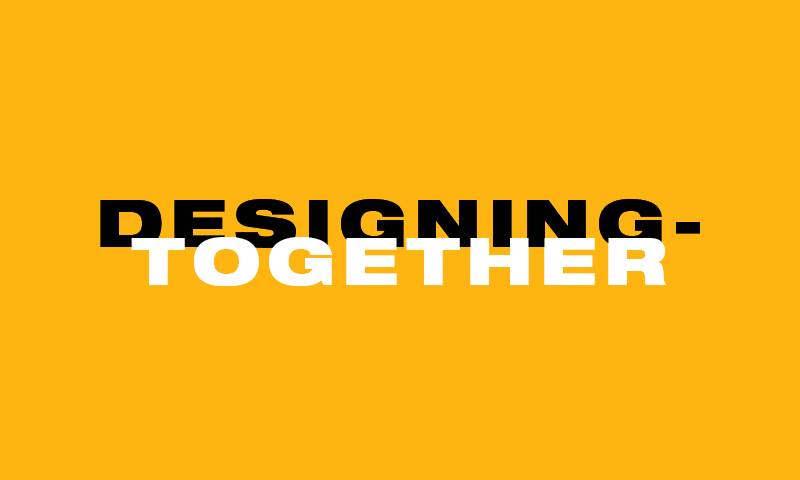Co-design methods are well established in service and product design, but have rarely been applied to infrastructure. That needs to change – fast.

Conventional design and management of infrastructure for cities has divided attention between supply and demand. Engineers and experts designed systems of supply, individuals like Nikki drove demand. Decentralised supply has become an important element of sustainable infrastructure, as have technologies to improve resource efficiency. The lines between supply and demand have become blurred. Citizens and local communities can meet some or all of their own demand, and even become suppliers for water, energy, food and transport. The relationship between supply and demand, and the role of technology and infrastructure is ever more complex. Nikki and her neighbours are vital elements of dynamic urban infrastructure systems, and yet they are rarely involved in decisions about them.
Design is usually something that is done for or to Nikki. The EPSRC-funded Engineering Comes Home project aimed to design infrastructure with Nikki and her neighbours, following the principles of community-based co-design. Co-design methods are well established in service and product design, but have rarely been applied to infrastructure. As part of the project, a series of workshops brought together residents, engineers and designers to design infrastructure from the bottom up. New software tools put powerful engineering analysis techniques, such as lifecycle assessment, into the hands of novice co-designers. The project raised residents’ knowledge of the infrastructures that serve them, and incorporated their expertise and values into engineering system design.
Building on Engineering Comes Home, researchers from across The Bartlett have used similar methods to work with the Somers Town Neighbourhood Forum to develop local plans to improve air quality, funded by the EPSRC Impact Acceleration Account. These methods are a central element of the NERC-funded Community Water Management for a Liveable London, a collaboration between The Bartlett, Imperial College, the University of Oxford and the British Geological Survey.
The complexity and scale of resource and environmental problems facing cities is overwhelming. Designing infrastructure, buildings and technologies to reduce demand for resources and to prevent pollution is vital. Engaging citizens and communities is also essential. Co-design brings them together. The process requires investment of time and adaptation to local circumstances. It draws on diverse expertise, recognising the importance of living knowledge, grounded in communities. Science, engineering and design retain their strength as particular ways of knowing and intervening in the city, and are reframed in direct service of local communities. Achieving the level of change needed to have an impact on such enormous problems requires replication of grassroots action across the city, as well as scaling-up new approaches to collaboration. Co-designing infrastructure starts with the city as it is, and finds pathways for citizens, professions, governments and industry to work together towards more sustainable, liveable futures.
 Close
Close

